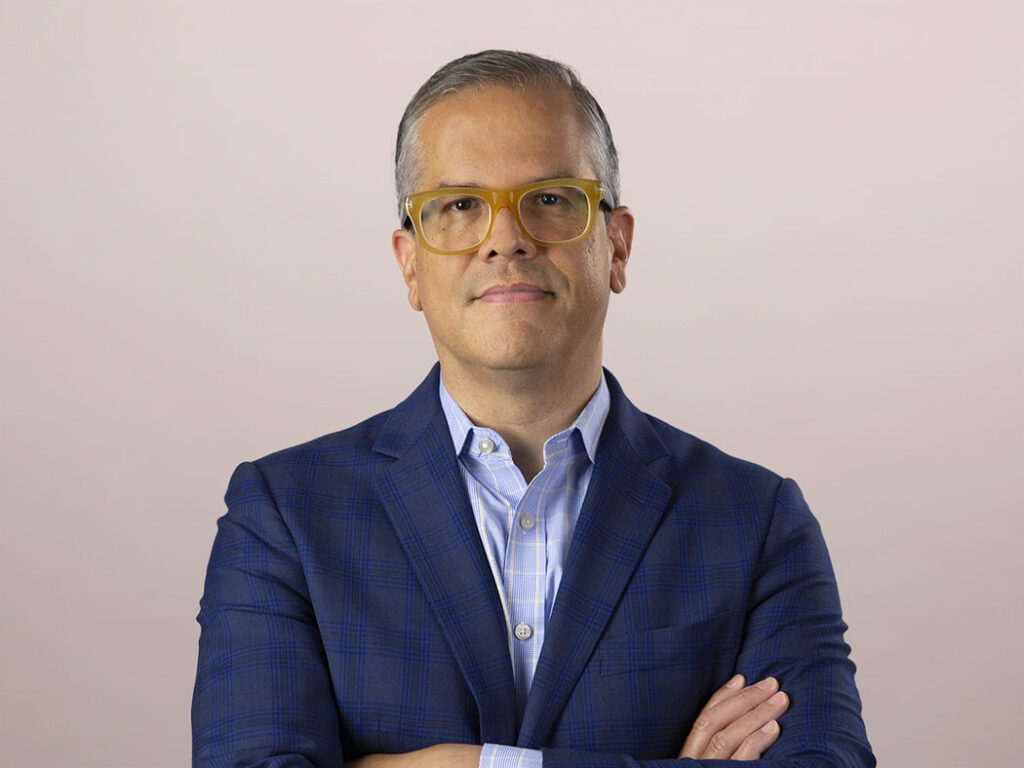What I&O Leaders Should Look For At CES
This weekend, I’ll be heading off to Las Vegas for the 2015 Consumer Electronics Show (CES). Infrastructure & Operations leaders should – and do – keep tabs on the news coming out of CES. In this era of consumerization, bring-your-own (BYO) technology, and Shadow IT, CES announcements affect the I&O role more than ever before. I have three tips for how to think about CES 2015:
- Look at consumer technologies through a workforce lens. So many smart, connected products quickly migrate to the workforce. Sometimes these technologies enter via BYO and segue into company-owned, as tablets have done over the past few years. In other cases, vendors that target consumers immediately see the value their products can bring to workforce scenarios. For example, I recently spoke with Jonathan Palley, CEO of Spire, a wearable device that tracks not just activity but also state of mind (tension versus calm, focus versus distraction, and related states). While the product was launched to the consumer market just about a week ago, Jonathan made clear that “workforce is a huge part of our strategy as well.” Imagine helping workers remain in a more productive, less stressed state of mind via wearables.
Research: Last year, I wrote about this workforce model. I&O professionals have a particular opportunity to act as catalysts for how your companies use technologies like wearables in new and innovative ways. For example, Thiess — an Australian company offering services in construction — faces a significant worker safety problem: The Australian outback is filled with some of the world's deadliest and most aggressive venomous snakes. To monitor field workers' safety and occupational efficiency, Thiess is piloting wearable devices to measure blood oxygenation, body temperature, and activity levels to determine when employees are at risk. You can read about Thiess and other examples in my report Five Urgent Truths About The Future Of Wearables That Every Leader Should Know.
- Brainstorm how technologies can support interaction innovation scenarios. Aside from instrumenting workers with devices, I&O leaders are deeply — and increasingly — involved in providing and supporting innovative technologies in customer-facing situations. From beacons to digital signage to NFC payments to customer-facing experiments in virtual reality (as Lexus is doing with Oculus), developing customer-facing scenarios requires I&O to work with business leaders, then to plan, pilot, choose, implement, and assess the technologies involved.
Research: I&O leaders can act as IT innovation managers, as I showed in this blog post about Virgin Atlantic's Upper Class Lounge. Check out my report on customer-centric technology innovation in healthcare as well. We'll be covering this topic deeply in collaboration with analysts serving other roles in 2015.
- Check out all of the enterprise technologies on display. An increasing number of vendors display explicitly enterprise solutions at CES. Last year, Panasonic showed some interesting scenarios around RFID tagging and digital signage. This year, I’m looking forward to seeing the industrial robotics displays, including the one from leading vendor ABB Robotics. And many Internet of Things technologies can inform not just smart homes but also smart offices; Samsung’s CEO is expected to speak on this topic in his keynote on January 5th.
Research: In 2015, I’ll be looking at robotics as one of several different automation technologies that expressly replace units of human labor, taking on physical tasks, intellectual tasks, and customer service tasks – and transforming the workforce in the process. My Big Idea report, tentatively entitled “How Automation Transforms the Workforce,” will look at how technologies like cognitive computing, self-service kiosks, grocery scanners, Internet of Things systems, robotics, and software change the size, nature, and scope of the workforce. (If you’d like to participate in this research, please email briefing@forrester.com and ask for me by name).
J. P. Gownder is a vice president and principal analyst at Forrester Research serving Infrastructure & Operations Professionals. Follow him on Twitter at @jgownder
